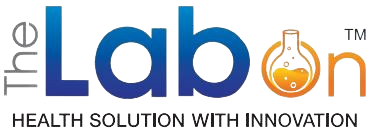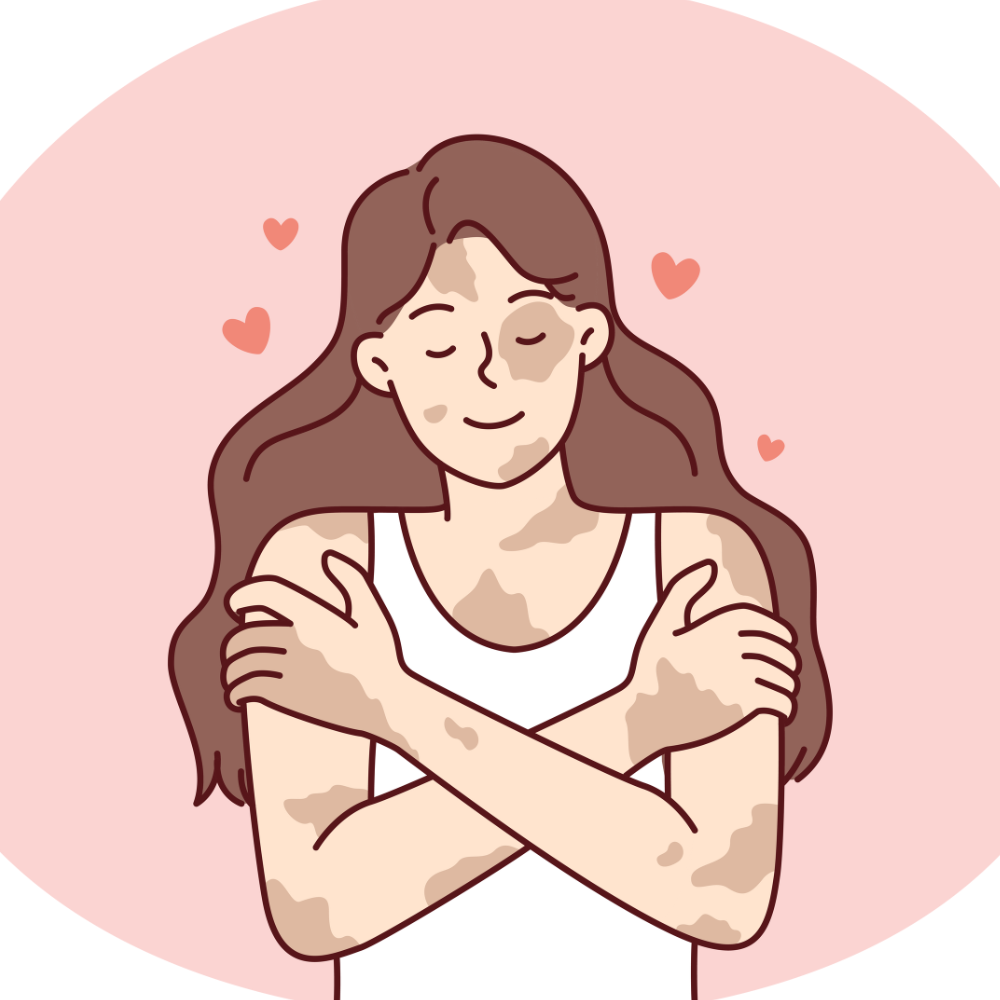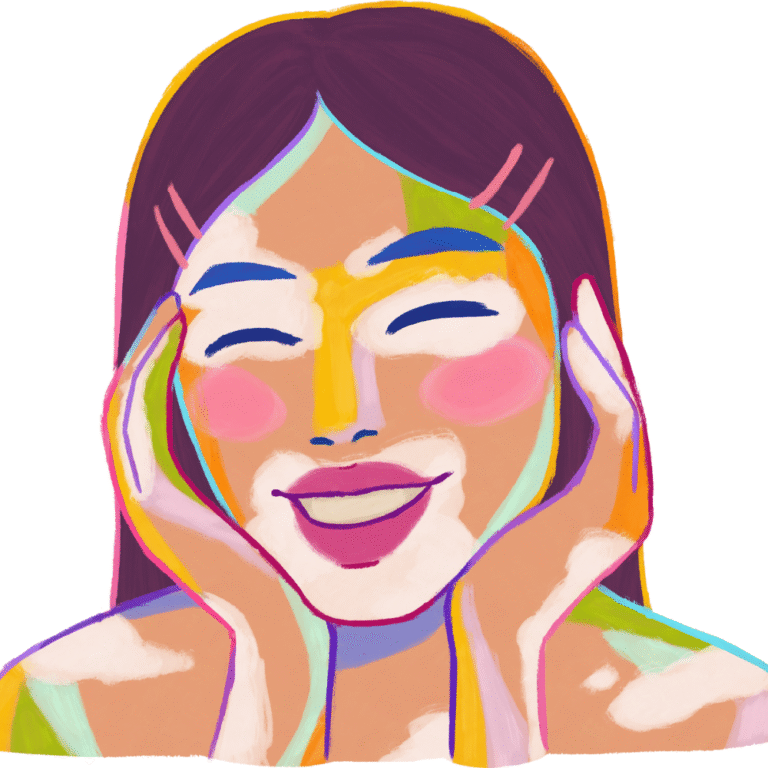Understanding Vitiligo and Effective Treatment Options in Pakistan
Vitiligo, known in Urdu as “برص” (Bars), is a skin condition characterized by the loss of pigment, resulting in white patches on various parts of the body. It occurs when melanocytes, the cells responsible for skin color, are destroyed or stop functioning. The correct pronunciation of vitiligo is /vit-ih-LIE-go/.
Many people confuse pityriasis alba vs vitiligo, but these are two distinct conditions. Pityriasis alba is usually temporary, with light patches and mild dryness, while vitiligo involves permanent pigment loss. It is important to get a proper diagnosis from a dermatologist to differentiate between the two.
What Is Vitiligo and Who Does It Affect?
Vitiligo occurs when melanocytes, the pigment-producing cells in the skin, die or stop functioning. It affects individuals of all skin types but is more noticeable in those with darker skin.
- Prevalence: Around 0.5% to 2% of the world’s population is affected by vitiligo.
- Onset: It typically appears before the age of 30 but can occur at any age.
- Types of Vitiligo:
- Non-segmental (generalized): Most common, symmetrical patches.
- Segmental: Usually affects one side or part of the body.
- Focal or localized: Limited to one or a few areas.
Symptoms and Causes of Vitiligo
Where Will I Have Symptoms?
Vitiligo commonly appears on:
- Hands, feet, and face
- Around body openings (mouth, eyes, genitals)
- Armpits and groin
What Causes Vitiligo?
The exact cause isn’t known, but key contributors include:
- Autoimmune reactions: The immune system attacks melanocytes.
- Genetic factors: About 30% of cases have a family history.
- Oxidative stress and skin trauma may also trigger or worsen the condition.
Is Vitiligo Genetic or Painful?
Yes, vitiligo can run in families. However, it is not painful, though sunburn can be more severe on depigmented areas.
Complications of Vitiligo
- Social and psychological stress
- Eye or ear inflammation (rare)
- Increased risk of sunburn
- Loss of skin’s natural protection
Diagnosis and Tests
How Is Vitiligo Diagnosed?
Dermatologists diagnose vitiligo through:
- Physical examination of white patches
- Wood’s lamp (UV light) to highlight depigmented areas
- Skin biopsy (in rare cases)
- Blood tests to rule out autoimmune conditions
Conditions That Resemble Vitiligo
- Tinea versicolor (fungal infection)
- Piebaldism (genetic)
- Post-inflammatory hypopigmentation
- Albinism
Treatment and Management Options
How Do Dermatologists Treat Vitiligo?
There is no one-size-fits-all cure, but several treatments aim to restore pigment or even out skin tone.
Topical Treatments
1. Topical Corticosteroids
- First-line treatment for limited vitiligo.
- Apply once or twice daily.
- Side effects: Thinning of skin, stretch marks.
2. Topical Pimecrolimus or Tacrolimus
- Effective, especially on the face and neck.
- Fewer side effects than steroids.
- Suitable for children and long-term use.
Phototherapy
Narrowband UVB Therapy
- Most effective treatment for widespread vitiligo.
- Requires 2–3 sessions per week.
- Visible results in 2–3 months.
Excimer Laser
- Targeted UVB for small patches.
- Ideal for facial vitiligo.
Systemic Medications
Oral Corticosteroids and Immunosuppressants
- Used for fast-spreading vitiligo.
- Short-term treatment to halt progression.
Surgical Options
Skin Grafting
- Transferring pigmented skin to white patches.
- Best for stable vitiligo.
Blister Grafting & Cellular Suspensions
- Advanced techniques for repigmentation.
Depigmentation Therapy
For widespread vitiligo where repigmentation isn’t possible, depigmenting the remaining skin can create an even tone.
- Monobenzone is commonly used.
- Permanent and requires psychological preparation.
Cosmetic Approaches
Camouflage Makeup
- Brands like Dermablend and Cover FX can mask patches.
Self-Tanners and Dyes
- Provide temporary color to depigmented areas.
- Non-irritating and safe.
Before and After Results
Makeup and self-tanners can dramatically improve appearance and confidence when used correctly.
Diet and Supplements for Vitiligo
While no specific diet cures vitiligo, certain nutrients support immune health and pigmentation:
- Antioxidants: Green tea, berries, turmeric
- Vitamins: B12, C, D, E
- Minerals: Zinc, copper
Consult a doctor before starting supplements.
Vitiligo in Children
How Do Dermatologists Treat Vitiligo in Children?
- Mild topical treatments (tacrolimus preferred)
- UVB therapy under supervision
- Psychological support is essential
Maintenance and Long-Term Care
Maintenance Therapy
Even after pigment returns, maintenance treatments (e.g., weekly tacrolimus or UVB) help prevent relapse.
Sun Protection
- SPF 30+ sunscreen is crucial
- Helps prevent burns and slows pigment loss
Vitamin D
Depigmented skin doesn’t produce vitamin D—consider a supplement if advised by a doctor.
Follow-up and Monitoring
- Dermatologist follow-ups every few months
- Adjust treatment as needed
- Watch for side effects from medications
Other Treatments & Support
Unlicensed Medicines
Used in clinical trials, but not approved—always consult a medical expert.
Counseling and Support Groups
Psychological support helps cope with self-image issues. Online forums, therapy, and support groups are valuable.
Vitiligo Treatment Options in Pakistan
Vitiligo can be emotionally challenging, but various treatments are available to help manage the condition and improve skin appearance. In Pakistan, The Labon offers innovative and research-backed solutions for vitiligo. You can explore these treatments in detail here: Vitiligo Treatment.
Our Research-Based Products:
Re-Pigment Cream: Designed to help stimulate melanin production, the Re-Pigment Cream can gradually restore color to affected areas when used regularly.
De-Pigment Cream: For individuals seeking uniform skin tone, the De-Pigment Cream reduces existing pigmentation to create an even appearance.
Hide Pigment Solution: A specially formulated cosmetic solution that temporarily conceals vitiligo patches, helping individuals feel more confident in their skin.
All these products are available online for convenient access throughout Pakistan.
Vitiligo Treatment Cream in Pakistan
Finding an effective vitiligo treatment cream in Pakistan is now easier than ever with The Labon’s specialized range. These creams are formulated based on international research and customized to suit the needs of the local population.
Vitiligo Treatment with Homeopathic Medicine
Some individuals also explore vitiligo treatment through homeopathic medicine. While homeopathy offers gentle remedies, it is advisable to combine them with dermatologically tested products like those from The Labon for better results. Always consult a healthcare professional before starting any new treatment.
Common Questions Answered
- Will my skin return to normal?
Sometimes, especially with early treatment. - Is vitiligo contagious?
No, it’s not. - Can I prevent vitiligo?
No known prevention, but stress management and a healthy lifestyle may reduce risk. - What’s the difference between tinea versicolor and vitiligo?
Tinea is fungal and treatable with antifungals; vitiligo is autoimmune. - Is piebaldism the same as vitiligo?
No. Piebaldism is a stable, genetic lack of pigment present from birth.
Conclusion
Vitiligo may not have a universal cure, but with proper diagnosis, a tailored treatment plan, and emotional support, individuals can regain both pigment and confidence. Early intervention and a combination of therapies offer the best chance of success.
For medical-grade vitiligo support, visit:
👉 The Lab On – Vitiligo Treatment



